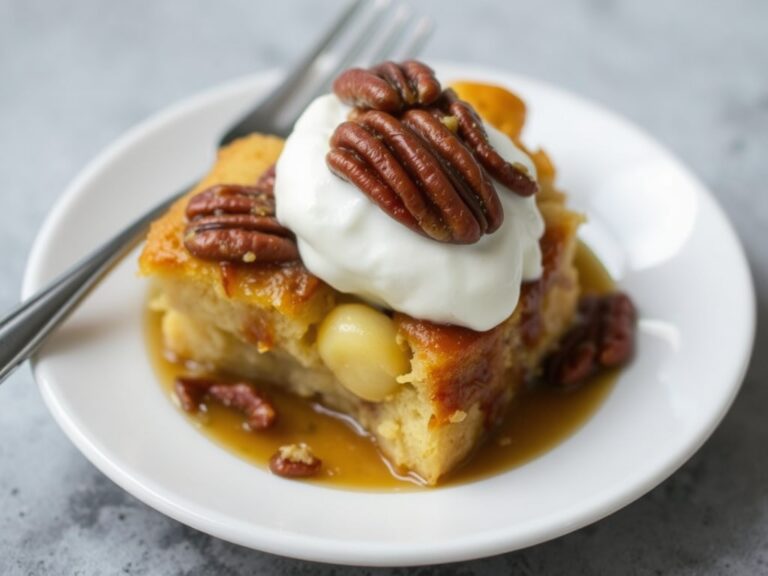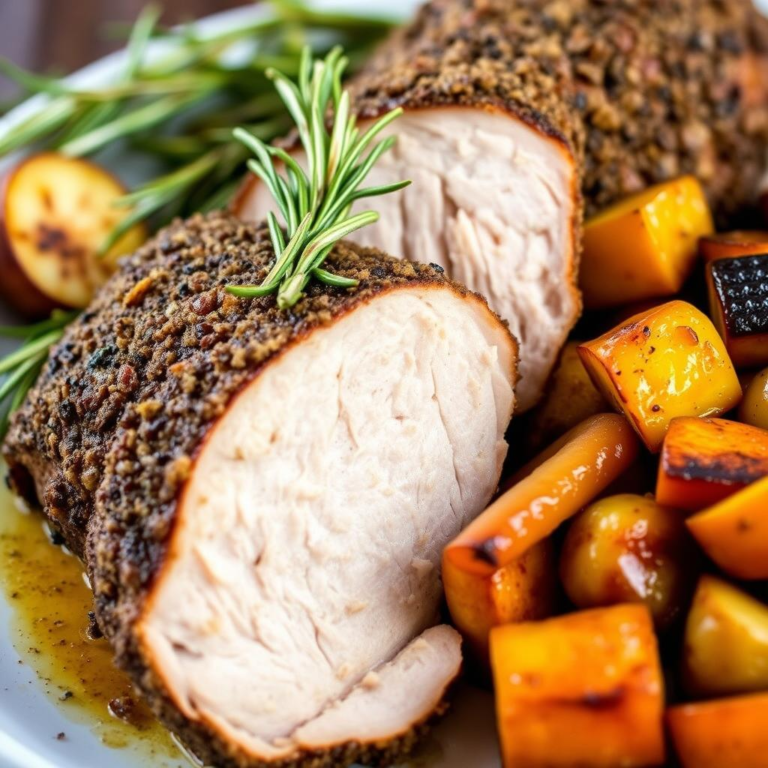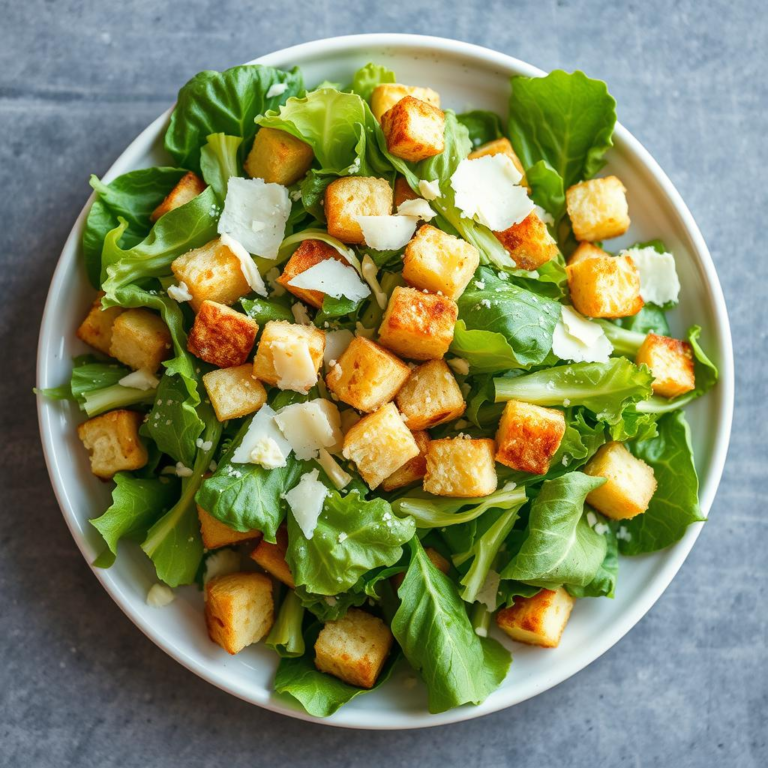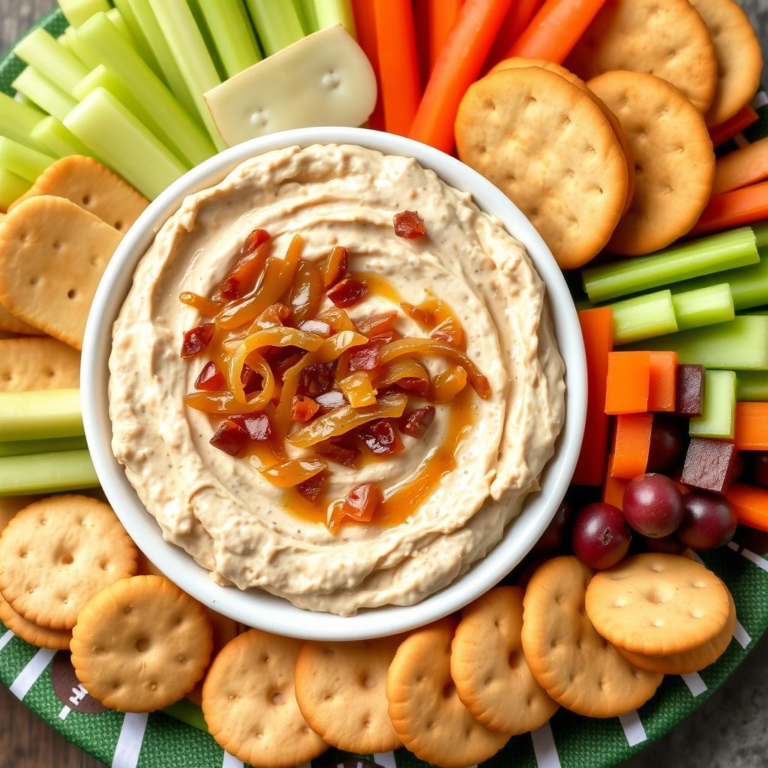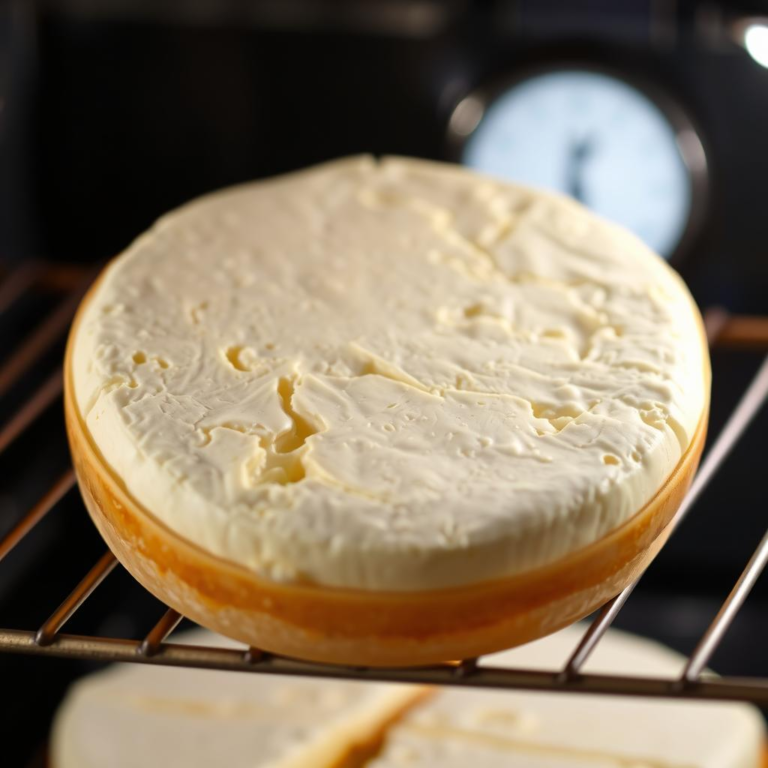Boneless Herb Butter Turkey Breast recipe
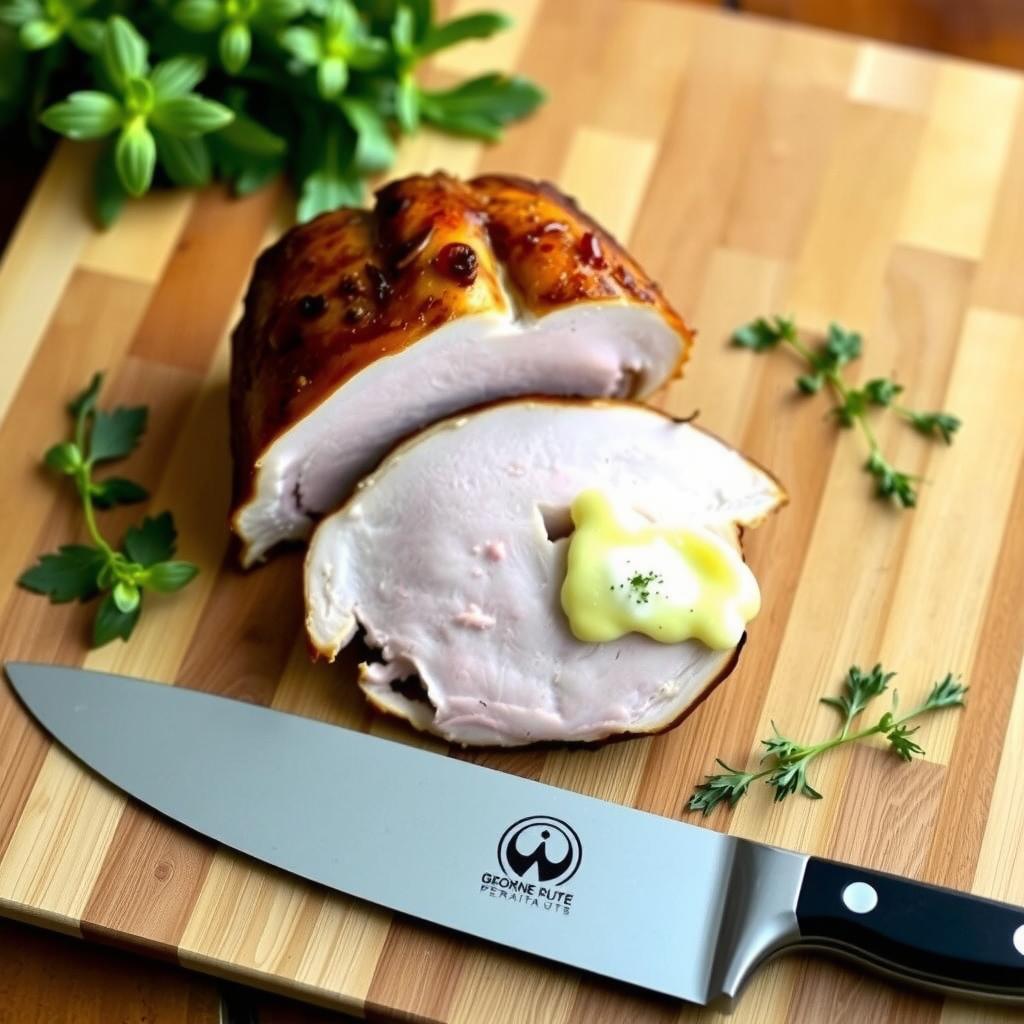
This Boneless Herb Butter Turkey Breast recipe is a perfect alternative to a whole turkey for your holiday gatherings. The combination of fresh herbs and garlic in the herb butter creates a rich, savory flavor that locks in the moisture of the turkey breast, resulting in a juicy and aromatic dish. The cultural significance of this recipe lies in its simplicity and versatility, making it suitable for both special occasions and everyday meals. The herb butter not only adds flavor but also crisps up the skin, making it a delightful centerpiece for any meal.
Ingredients
- 1 boneless turkey breast, about 3 pounds
- ½-¾ cup Lemon Herb Butter, about 3.5 ounces, softened at room temperature (see separate recipe)
- ⅓ cup chopped mixed fresh herbs, such as sage, marjoram, thyme, flat-leaf parsley, and/or rosemary
- Pinch of salt and black pepper
- Olive oil for light spraying
Instructions
-
Prepare the Herb Butter: Make the Lemon Herb Butter according to the separate recipe. This can be done several days in advance and stored in either the freezer or refrigerator.
-
Bring the Turkey to Room Temperature: Remove the turkey breast from the refrigerator and let it sit at room temperature for about an hour. This ensures even cooking.
-
Pat Dry the Turkey Breast: Pat the turkey breast dry with paper towels to remove excess moisture.
-
Loosen the Skin: Carefully loosen the skin of the turkey breast, taking care not to tear it. This will create a pocket for the herb butter.
-
Spread the Herb Butter: Spread half of the Lemon Herb Butter underneath the skin of the turkey breast. Slather the other half of the butter around the surface of the breast.
-
Season with Herbs and Salt: Press the chopped mixed herbs into the herb butter all over the top surface (skin side) of the breast. Sprinkle a pinch of salt and black pepper over the herbs.
-
Lightly Spray with Olive Oil: Spray the top surface lightly with olive oil to enhance browning.
-
Place on Rack: Place the seasoned turkey breast on a rack in either a rimmed sheet pan or baking dish. This allows hot air to circulate all around the breast for more even cooking.
-
Roast the Turkey Breast: Preheat the oven to 350°F (175°C). Roast the turkey breast uncovered until it reaches an internal temperature of 160°F (71°C). This could take anywhere from 90 to 150 minutes, depending on your oven and the size of the turkey breast. Rotate the sheet pan or baking dish a couple of times during the cooking process.
-
Rest the Turkey: Once ready, remove the turkey breast from the oven and cover it with foil. Let it sit for 20 to 30 minutes to allow carryover-cooking to raise the internal temperature to 165°F (74°C), the FDA’s recommended safe internal temperature for poultry.
-
Carve and Serve: After resting, carve the turkey breast into thick slices and serve.
Top Tips
-
Thawing: If your turkey breast is frozen, let it thaw for up to 24-48 hours in your refrigerator.
-
Even Cooking: Bringing the turkey to room temperature before roasting ensures more even cooking.
-
Loosening Skin: Use your fingers or an upside teaspoon to help loosen the skin from the turkey flesh without tearing it.
-
Herb Quality: Using fresh herbs is crucial for the best flavor, but dried herbs can be used as a substitute if fresh ones are not available.
-
Temperature Monitoring: Use a meat thermometer to ensure the turkey reaches the safe internal temperature of 165°F (74°C).
-
Basting: Baste the turkey occasionally with pan juices to keep it moist and enhance flavor.
Variations
-
Garlic Herb Butter: Replace the Lemon Herb Butter with a Garlic Herb Butter recipe that includes garlic cloves and other herbs like thyme and rosemary.
-
Cajun Herb Butter: Use a Cajun Herb Butter recipe that includes spices like paprika and cayenne pepper for a spicy twist.
-
Rosemary Garlic Herb Butter: Increase the amount of rosemary and garlic in the herb butter for a more robust flavor.
-
Herb Butter Gravy: Use the pan juices from roasting to make a gravy by adding flour or cornstarch to thicken it, then mixing in some of the herb butter.
-
Smoked Paprika: Add a pinch of smoked paprika to the herb butter for a smoky flavor.
-
Citrus Zest: Incorporate some citrus zest, like lemon or orange, into the herb butter for an extra layer of citrusy flavor.
Nutritional Guide
| Nutritional Information | Per Serving |
|---|---|
| Calories | 350 |
| Fat | 20g |
| Carbohydrates | 5g |
| Protein | 35g |
Additional Nutritional Notes: This recipe is relatively low in carbohydrates and high in protein, making it a great option for those looking for a leaner protein source. The herb butter adds a significant amount of fat, but it is essential for keeping the turkey breast moist and flavorful. Always ensure that the turkey is cooked to the recommended internal temperature to avoid foodborne illness.

